The second session of my WSET Level two course starts with a glass of Chardonnay from Pouilly-Fuissé, France, and another glass of Chardonnay from Marlborough, New Zealand. A good way to start the day. The differences between the creamy French wine and the crispy New Zealand wine presented me for the first time with the unusualness of the Chardonnay grape variety, which offers hundreds of possibilities when grown in different conditions and made with varies viticulture and viniculture techniques.
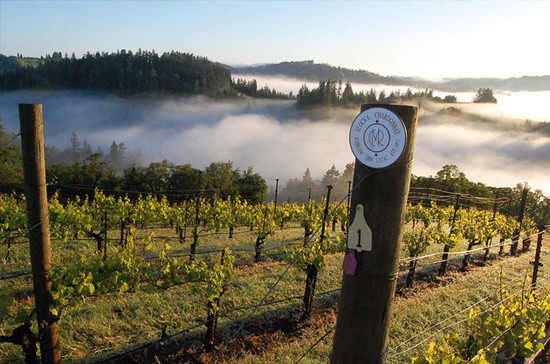
Viniculture
Chardonnay is quite adaptable. It is not very aromatic itself, but very expressive when influenced by winemaking techniques. A typical process called malolacticfermentation is used to soften harsh acids and bring out dairy flavours. Another process is called ‘on the lees’ – which I’d seen on wine labels, but hadn’t understood. The wine is left on the dead yeast cells after fermentation, or lees, which gives the flavours of butter and toast to Chardonnay. Oak-aged Chardonnay adds flavours of spice, toast and vanilla, depending on what oak was used.
Regions
France
Burgundy produces arguably the most expressive Chardonnay in the world, and their entry level wines are usually labelled as Bourgogne. In cool Chablis, a sub region at the north end of Burgundy, Chardonnay of high acidity has pronounced notes of smoke, flint and minerals, particularly those labelled [from the vineyards of] Premier Cru or Grand Cru.
In Côte d’Or, which has a moderate climate, at the heart of white Burgundy makes Chardonnay fuller in body, with notes of white stone and tropical fruit accompanied by savoury notes. Meursault and Puligny-Montrachet are among the most famous villages. Le Montrachet [a Grand Cru] vineyard’s Chardonnays are arguably the world’s finest white wines and the most expensive ones too.
The Mâconnais at the south end of White Burgundy produces large volumes, affordable Chardonnay wines labelled as Macon. At Pouilly-Fuissé village, steep sun trap slopes and warm climate at the south of the Mâconnais brings full-bodied Chardonnay wines with tropical fruit and oak flavours.
Rest of the world
In Australia, Yarra Valley in Victoria, the Adelaide Hills region in South Western Australia and the Margaret River region in Western Australia make Chardonnay wines of various styles. Australian Chardonnay usually has pronounced citrus and melon notes. The ripe styles of Chardonnay are being left behind in Australia in favour of leaner wines, with more acidity and freshness.
New Zealand’s Marlborough is an important region for premium Chardonnay wines, with crisp acidity and pronounced tropical fruit notes.
In the US, premium Chardonnay wines are from California, including from the sub regions of Russian River, Sonoma and Carneros. Californian Chardonnay can be split into two styles:
- the full-bodied, rich fruit flavoured and heavily oaked
- savoury, lean and with-strained that resembles the Côte d’Or
Chile’s Casablanca Valley, Argentina’s Mendoza and South Africa’s Walker Bay are also producing high-quality Chardonnay wines, as their cool climates slow down the ripening, and allow the grape variety’s flavours to build up through time.
Inexpensive Chardonnay wines from South Eastern Australia, South Africa’s Western Cape, America’s California, Chile’s Central Valley, France’s Pays d’Oc, Southern Italy and Argentina are getting increasingly popular in the Chinese market and are easily accessible in supermarkets and online shopping websites. Most of these wines are unoaked, or the oak flavours are from oak staves or chips. They can be paired with a light dinner course such as steamed fish or scallop salad.
Click to learn more about available WSET courses in China>>
Translated by Nina Fan Feng / 冯帆
All rights reserved by Future plc. No part of this publication may be reproduced, distributed or transmitted in any form or by any means without the prior written permission of Decanter.
Only Official Media Partners (see About us) of DecanterChina.com may republish part of the content from the site without prior permission under strict Terms & Conditions. Contact china@decanter.com to learn about how to become an Official Media Partner of DecanterChina.com.

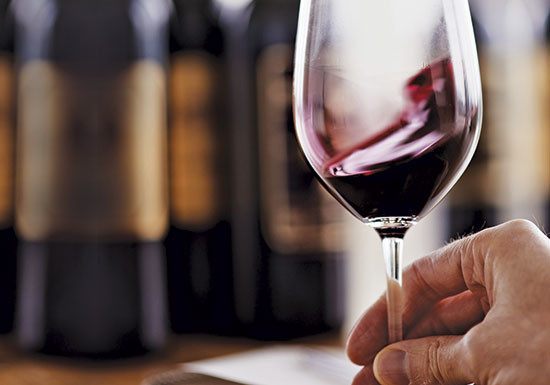
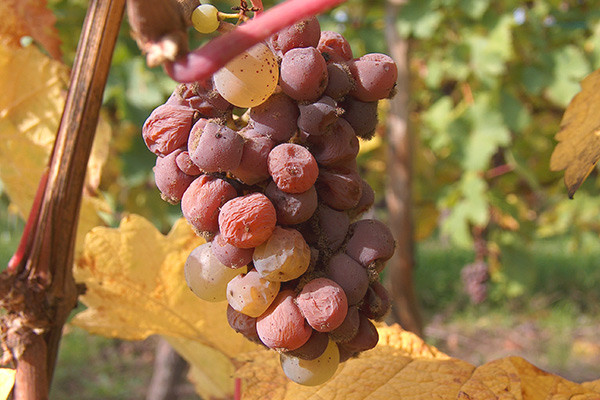
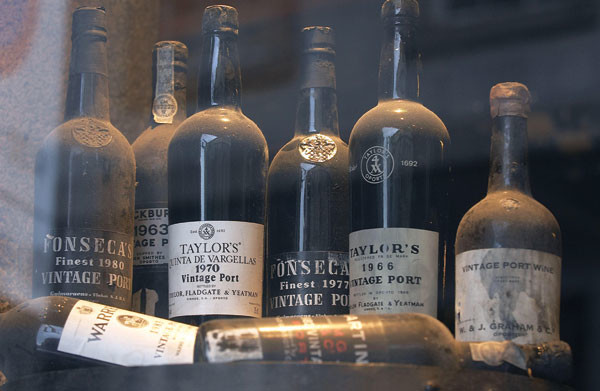
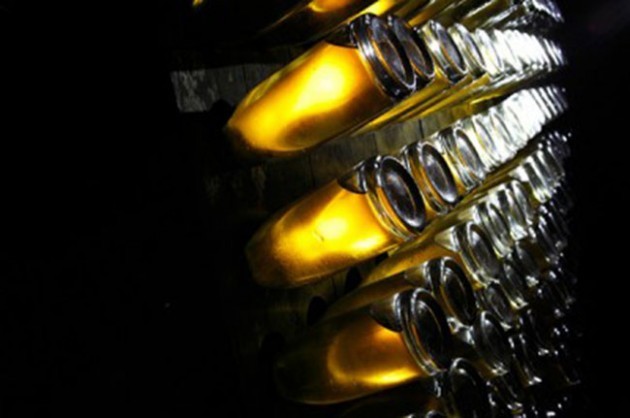
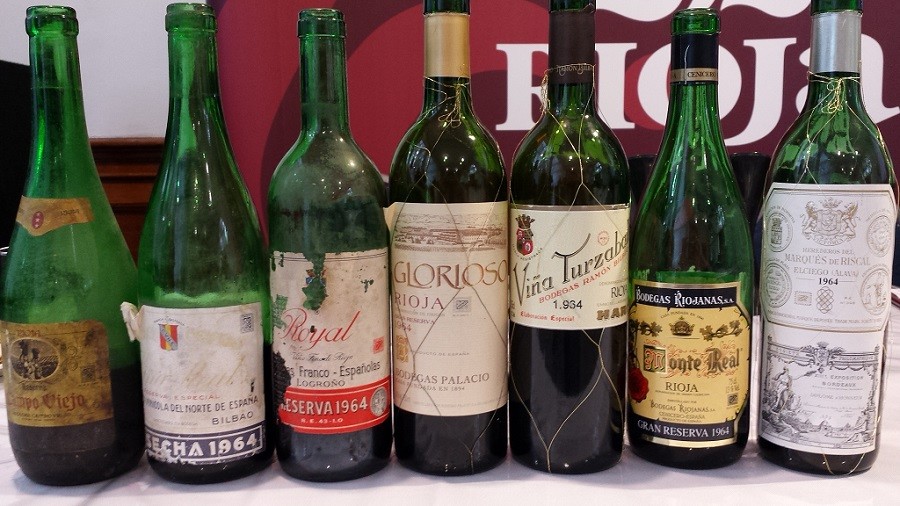
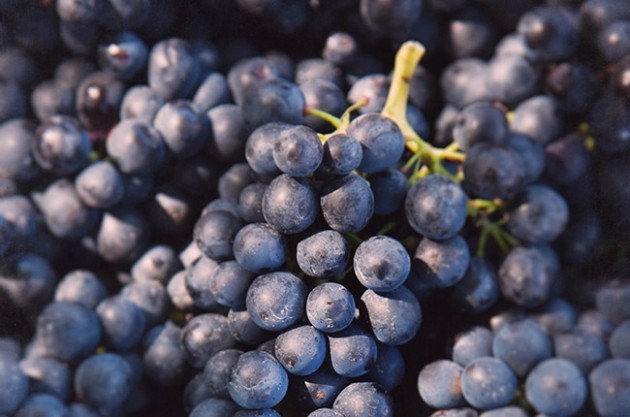
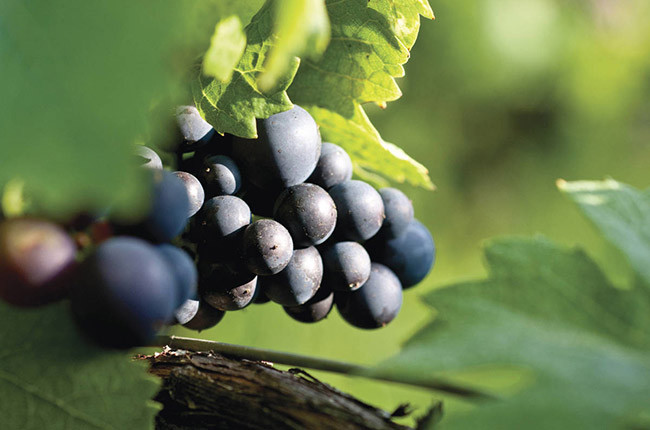
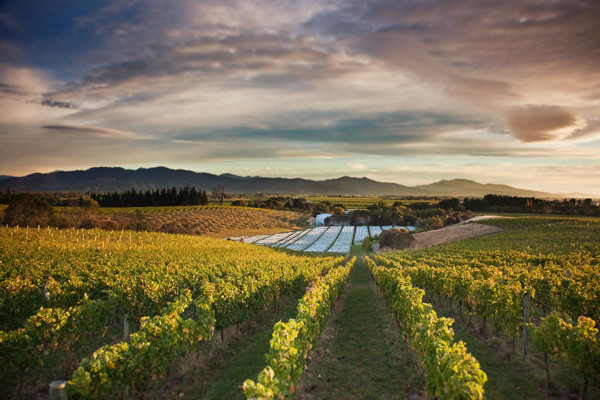
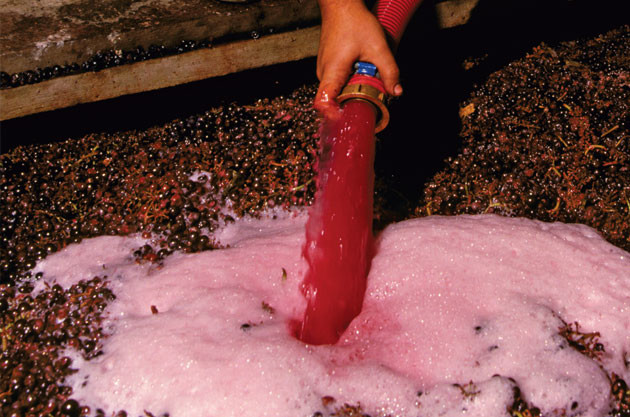
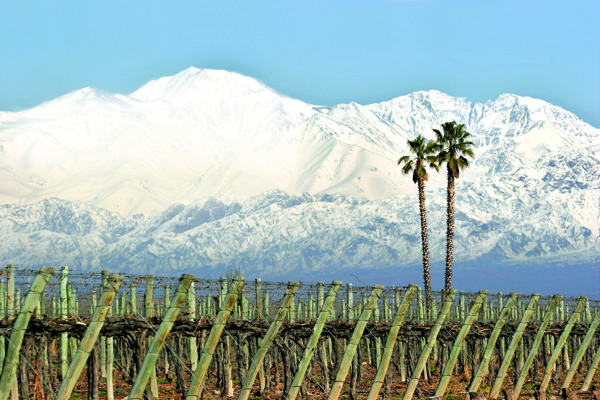
Comments
Submit